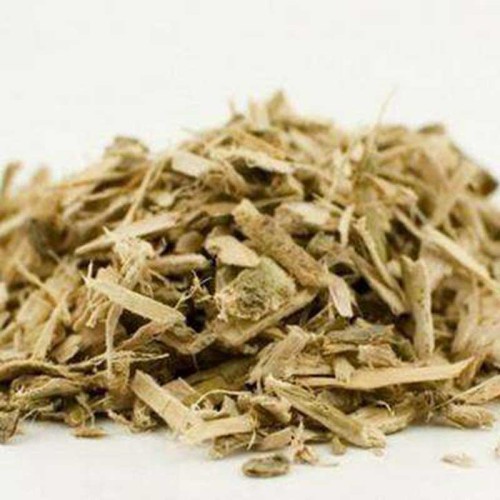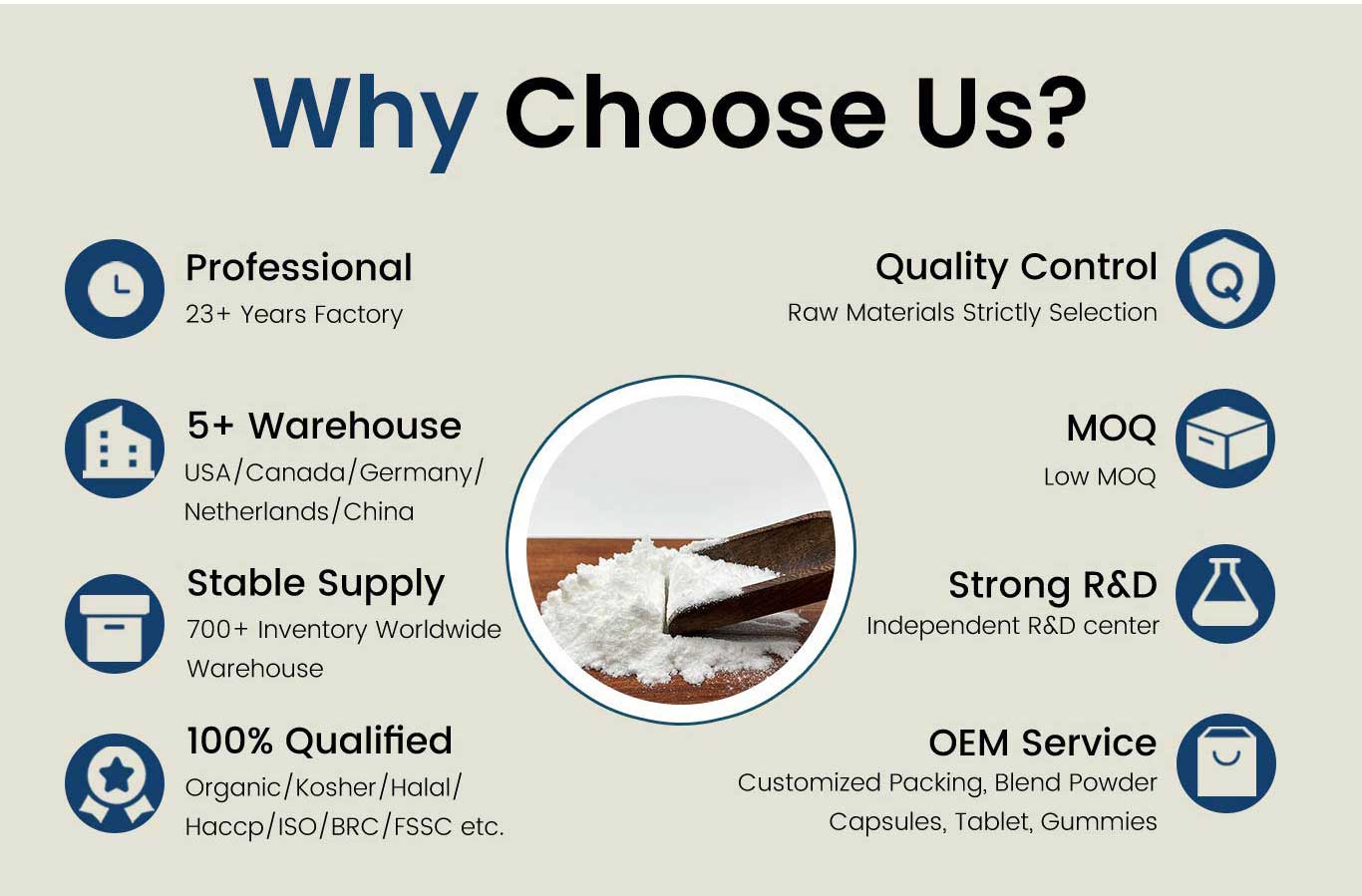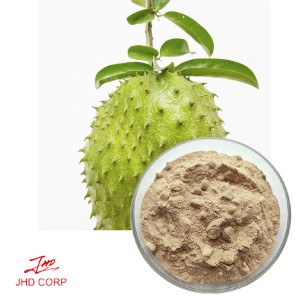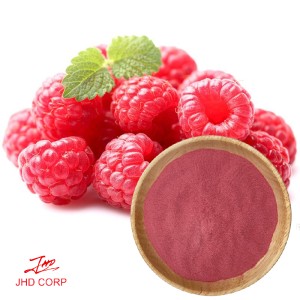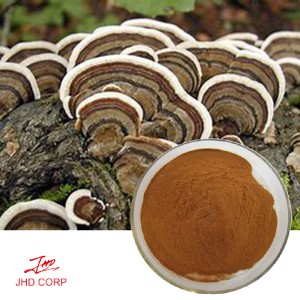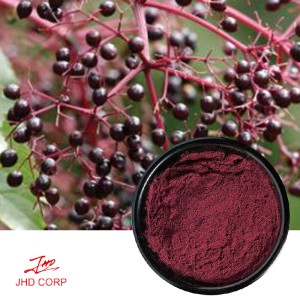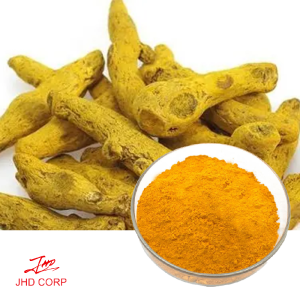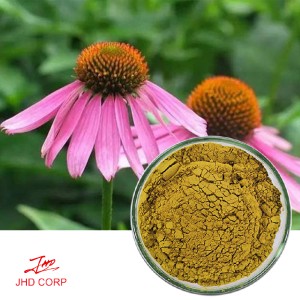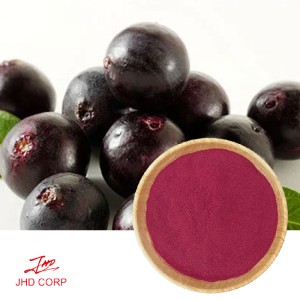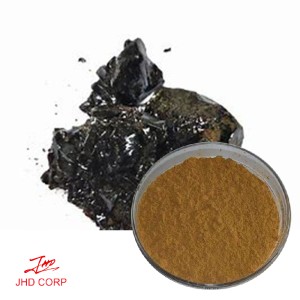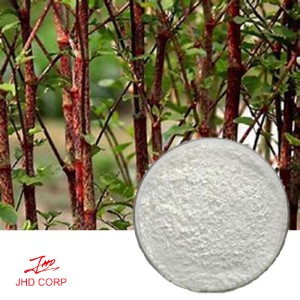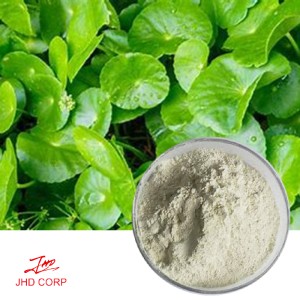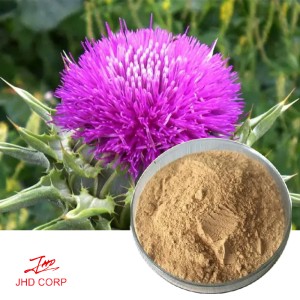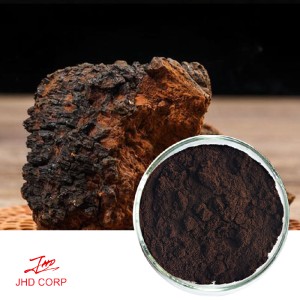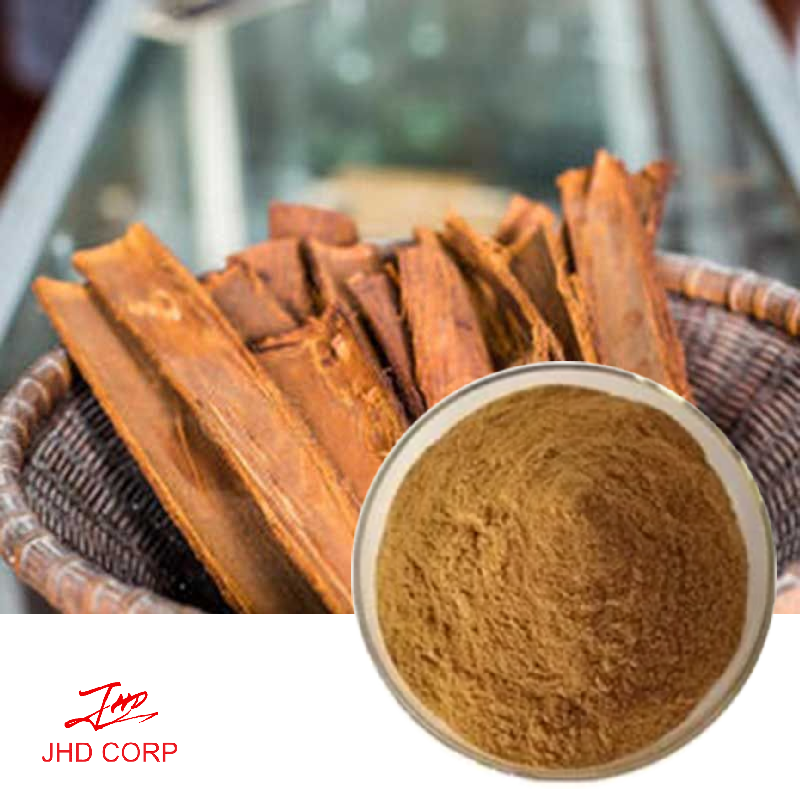
Chat With Us Contact Us Email Me
The White Willow Bark Extract includes a number of different species of deciduous trees and shrubs native to Europe, Asia, and some parts of North America. Some of the more commonly known are white willow/European willow ( Salix alba ), black willow/pussy willow ( Salix nigra ), crack willow ( Salix fragilis ), purple willow ( Salix purpurea ), and weeping willow ( Salix alba ). The willow bark sold in Europe and the United States usually includes a combination of the bark from white, purple, and crack willows.
The white willow bark extract is found in Asia and certain parts of Europe. White willow bark extract has been used medicinally for hundreds of years.
White Willow Bark Extract contains salicin, which the body converts to salicylic acid and has the same effect on the body as aspirin without any of the side effects. In fact, White Willow Bark Extract was the basis for the synthesis of aspirin. The history of White Willow Bark usage goes back as far as 500 BC when ancient Chinese healers began using it to control pain. Native Americans also discovered the value of the Willow tree for relieving pain from headaches and rheumatism and reducing fevers.
Function:
1) Salicin relieves pain and reduces fevers, including headaches, back and neck pain, muscle aches, and menstrual cramps.
2) Salicin has the function of treating inflammation.
3) Salicin helps to treat scabies, erysipelas, decayed tooth, and swelling in the gum.
4) Salicin effectively dispels wind-evil, increases urine, and reduces swelling.
5) Salicin can cure rheumatism, blennorrhagia, gonorrhea cloudy urine, pee atresia, and epidemic hepatitis.
Application:
1) Applied in the food field, it has become a new raw material used in the food and beverage industry;
2) Applied in the health product field;
3) Applied in the pharmaceutical field.
Add Popular Products to weekly line up


